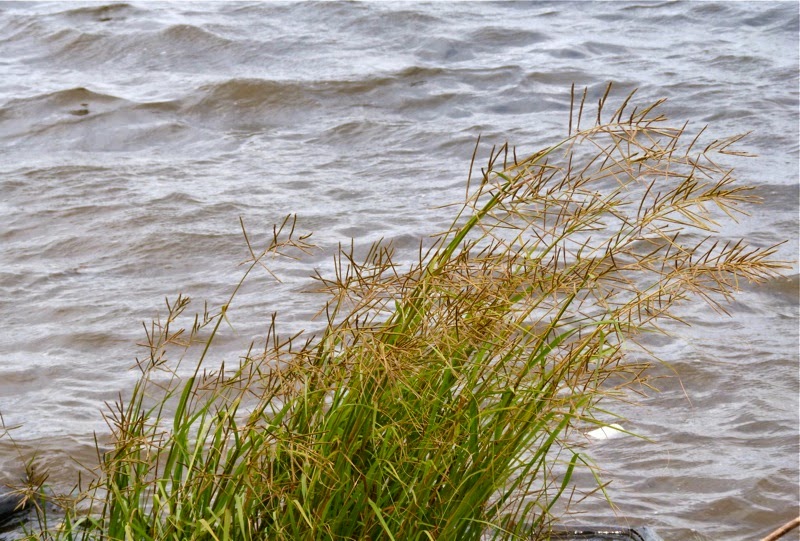Map Snapshot


















280 Records
Status
Big Cordgrass is an important component of the freshwater and brackish marshes of Maryland's Coastal Plain. Big Cordgrass is endemic to the Atlantic Coast of the United States. It grows from coastal Massachusetts, south to Florida, and along the Gulf Coast from Florida to the northeastern Texas coast.Big Cordgrass is found in less saline habitats than the closely related Smooth Cordgrass and Saltmeadow Cordgrass. Big Cordgrass grows in the upper marsh well above the high tide mark. According to the Digital Atlas of Virginia Flora, "[Big Cordgrass is found in] freshwater to mesohaline tidal marshes; occasionally in tidal swamps and interdune ponds; most characteristic of oligohaline marshes, especially along the margins of tidal rivers and creeks. Common in the estuarine zones of the Coastal Plain."The genus spartina was recently subsumed into Sporobolus.
Description
Big Cordgrass is the tallest of the marsh Sporobolus species. Big Cordgrass regularly grows taller than 8'. Big Cordgrass is rhizomatous.Big Cordgrass is difficult to confuse with other tall wetland grasses except Phragmites. Big Cordgrass and Phragmites often grow together. The panicles of the two species are vastly different. The panicle of Big Cordgrass is sparse compared to the dense feathery appearance of the Phragmites panicle. The leaves of Big Cordgrass also have small teeth along the margins. Phragmites leaves have entire margins.
Relationships
Host plant for Rare Skipper.Muskrats use the stems of Big Cordgrass to build their lodges.
Seasonality Snapshot
Source: Wikipedia
| Sporobolus cynosuroides | |
|---|---|

| |
| Botanical garden specimen | |
| Scientific classification | |
| Kingdom: | Plantae |
| Clade: | Tracheophytes |
| Clade: | Angiosperms |
| Clade: | Monocots |
| Clade: | Commelinids |
| Order: | Poales |
| Family: | Poaceae |
| Subfamily: | Chloridoideae |
| Genus: | Sporobolus |
| Species: | S. cynosuroides
|
| Binomial name | |
| Sporobolus cynosuroides (L.) P.M.Peterson & Saarela
| |
| Synonyms | |
|
List
| |
Sporobolus cynosuroides is a species of grass known by the common names big cordgrass[1] and salt reedgrass. It is native to the East Coast and Gulf Coast of the United States, where it grows in coastal habitat such as marshes, lagoons, and bays.[2]
This species is a rhizomatous perennial grass which can grow up to 10 feet tall. The leaves are up to 24 inches long and up to an inch wide. The ligule is hairy. The stem can be ¾ of an inch in diameter at the base. The inflorescence contains up to 40 spikes each up to 3 inches long.[3]
This grass grows in flooded saline soils such as those in salt marshes. It is associated with marsh-hay cordgrass (Spartina patens) and common reed (Phragmites australis).[3]
References
[edit]- ^ NRCS. "Spartina cynosuroides". PLANTS Database. United States Department of Agriculture (USDA). Retrieved 24 November 2015.
- ^ Spartina cynosuroides. Grass Manual Treatment.
- ^ a b Spartina cynosuroides. USDA NRCS Plant Fact Sheet.
External links
[edit]













